I have the following three columns as data:

I am using the formula =IF(COUNTIFS($A:$A;A2;$B:$B;B2;$C:$C;C2)=1;1;0) as my output in the Output column. Basically I am giving a non-unique row a 0 and a unique row a 1.
However as you can see I want to give the first occurency of a unique combination of ART, Date and ISIN an 1 and the rest a 0. Why is my currently used formula wrong?
I appreciate your answer!